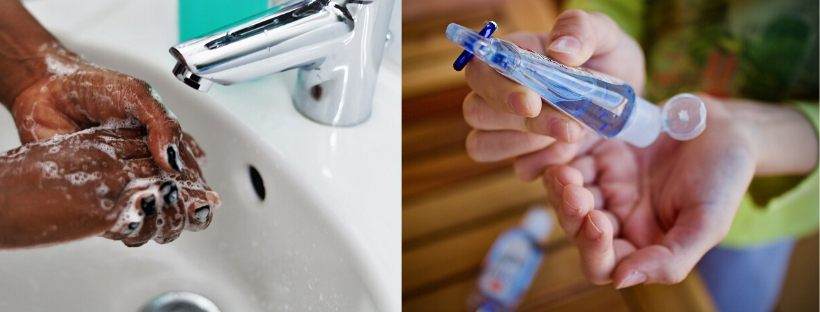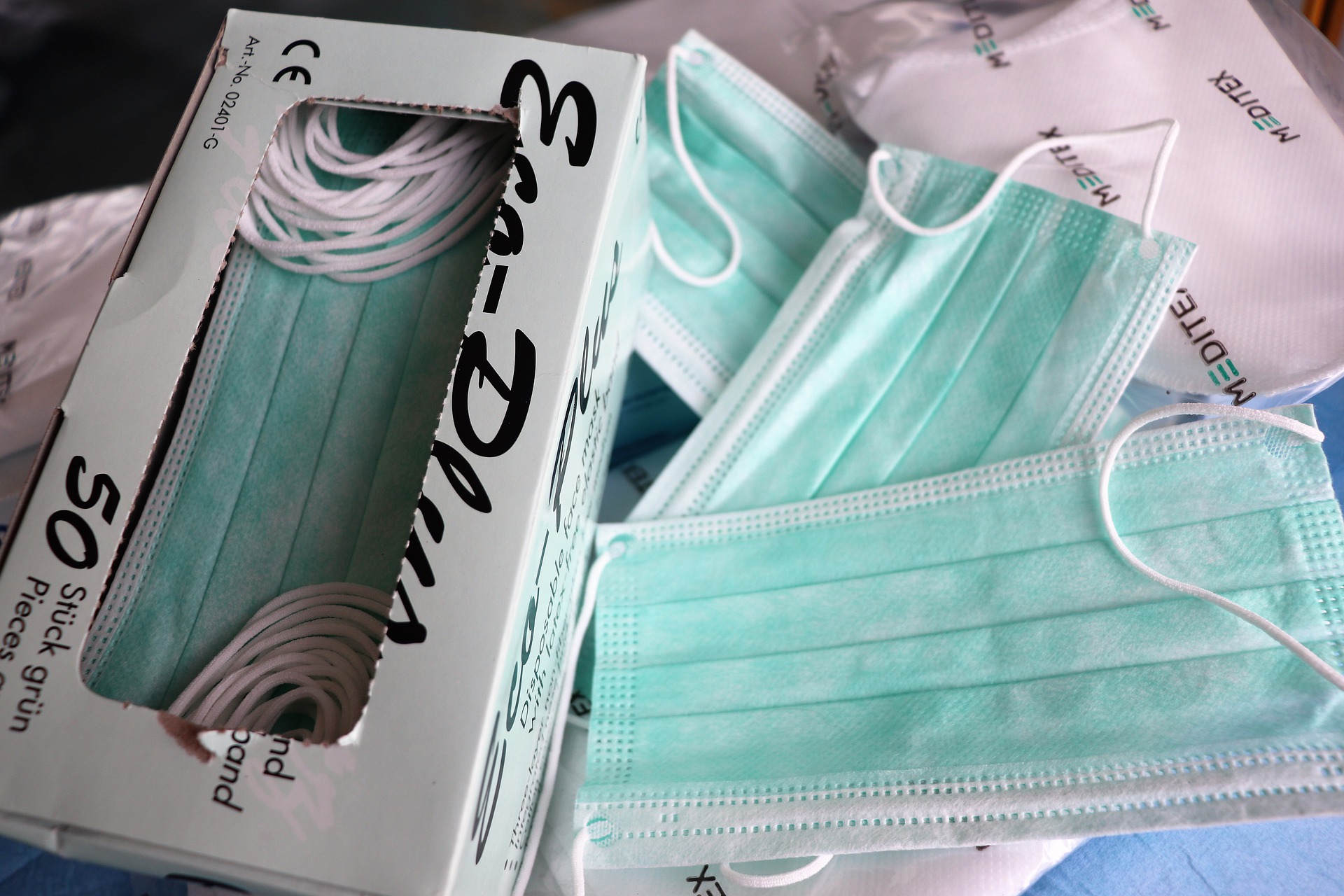Counties in California continue to lift “Shelter in Place” job restrictions, allowing workers throughout the state to head back to offices and jobsites. While returning to work is slowly progressing to what we consider “normal,” the threat of viral infection among workers remains just as high.
Some of the construction industry was fortunate to be deemed “essential,” allowing construction to continue through the state-wide shutdown. However, now that most Californians are returning to work, it’s even more crucial to practice safe habits so workers can continue to work without providing COVID-19 a catalyst for a swift return. It is critical to implement safe worksite practices for employees and subcontractors.
Here are 10 tips for employers and employees to mitigate the spread of COVID-19 as construction sites begin to open again.
- Reduce the sharing of tools as much as possible. If this is not an option, try to limit tool sharing to those that traveled to work together.

- The worksite can get incredibly hot due to the outside temperature or poor indoor ventilation. If you choose to use fans or portable AC units on the job, place them strategically to avoid blowing air from one group of employees onto another.
- While at the worksite, discourage the sharing of food and water. Providing single use bottles rather than using shared water stations or dispensers is a much safer alternative!
- Encourage sick employees to stay home (which you should always do regardless of COVID-19) and immediately send employees demonstrating symptoms of respiratory illness home or to the doctors.
- If you have employees at home sick with a fever or respiratory symptoms, do not allow them to return to work until at least 10 full days have passed since their symptoms first appeared and at least three full days have passed where they haven’t had a fever or respiratory symptoms.
- Ask employees who are healthy but have a family member(s) at home with COVID-19 to consider staying home until their loved one(s) have beaten the disease and the employee shows no symptoms.
- Encourage frequent handwashing with soap and water or using hand sanitizer that at minimum is 60% alcohol. Hand sanitizer is less effective against COVID-19 than hand washing but can be used if hand-washing stations are not immediately available.

- Stress the importance of physical distancing (6 feet apart) while on breaks and in vehicles. Continue to distance yourself from your coworkers while at the job site when possible.
- Provide face coverings for your employees that do not already have them available and are wearing them to the worksite. Ensure face coverings are used in accordance with CDC guidelines.
- If respirators and other PPE are worn to protect against COVID-19 or even non-COVID-19 hazards at the jobsite, hands should be washed before putting on PPE and after taking them off. Reusable PPE should be cleaned and sanitized per manufacturers’ instructions.

For more safety precautions and guidance to protect workers from COVID-19 check out the following links:
